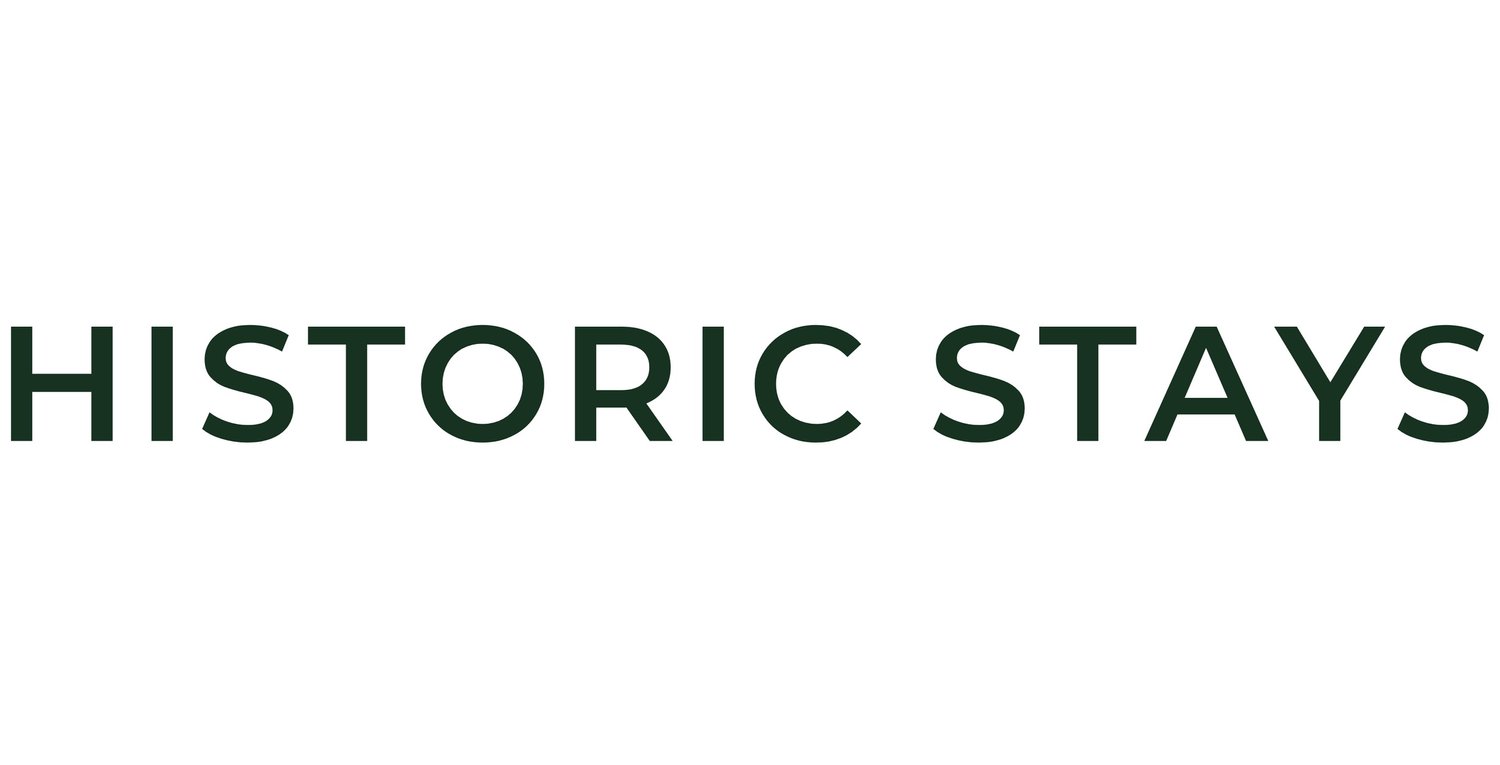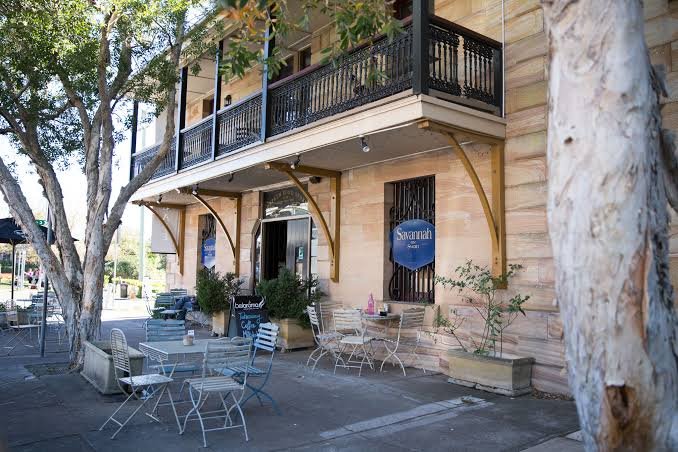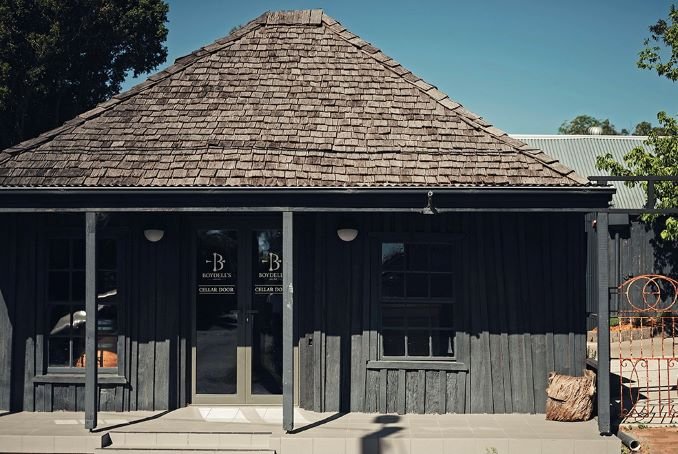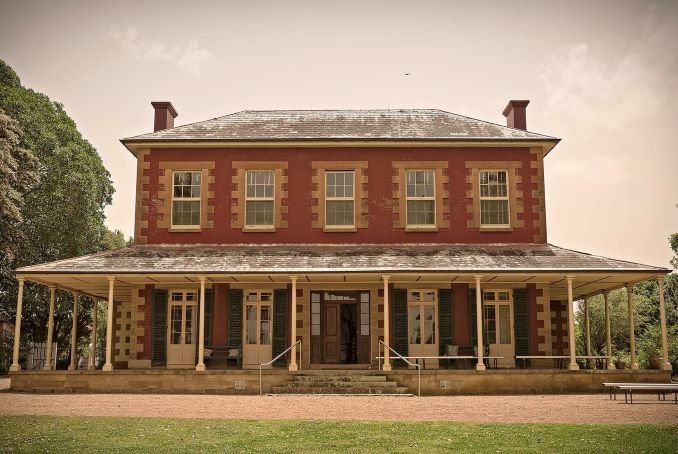A Tour of Maitland and Surrounds
Desmond Doyle
Maitland
On the lands of the Wonnarua people, the township of Maitland dates to c.1821. A rough and tumble past is evident in some highlights of its notable history: The home of Les Darcy, a boxer with folk hero status – his legacy is ubiquitous in street names and statues throughout town. Then there is Maitland Goal, active from 1848 to 1998 – heritage-listed as the oldest substantially intact country gaol in NSW. And countless floods that have inundated the township – most devastatingly in 1955, when it was the first Australian natural disaster to be broadcast around the world. Today, Maitland is known for its art, food, events, and shopping.
Maitland Gaol, image via The Maitland Mercury
The Levee
You get an idea of the relationship this town has with water when the main lifestyle precinct is centred around flood defences! The Levee is Maitland’s public space and focal point for events, shopping, and cafes. Planned as a mall since c. 1970, the precinct didn’t open until 1988, and was revamped into The Levee in 2014, giving it a modern feel that also embraces the history of the town, and also providing a physical link to the Hunter River. Within a 10-minute stroll you can take in countless historic buildings: some notable examples are the old Bank of Australasia, Victorian Classical Town Hall, the Victorian Italianate Post Office, and Federation Free Style Court House.
The Levee and old Bank of Australasia c. 1869, a rare example of Byzantine architecture, Maitland
Antiques
With a myriad of options, antique shopping is reason to visit Maitland on its own. From small and curated stores that have a select few quality pieces, to expansive emporiums that go on forever through burrow like rooms – there is something for you just waiting to be discovered. Include the many vintage and op shops and you could easily fill your time browsing and exploring. Rustic Antiques is true to its name, backed up by their slogan “Rust and dust are a must,” and close by, Vintage on Melbourne has a convenient café to give sustenance to shoppers. Both are housed in beautiful century-old buildings, but it is the Morpeth Antique Centre that is the jewel in the antique crown – a variety of dealers share space in the c. 1835 Campbell’s Store building on the main street of Morpeth.
Craft Beer
To quench a well-earned thirst, or to distract those with shorter antique attention spans, it is worth noting that Maitland has an impressive craft beer scene. The Pour House is a classic Art Deco pub providing a varied rotating beer selection. Originally opened by Tooths in 1921, and rebuilt into its current glory in 1940, the old-world atmosphere remains to be enjoyed with the latest in beer trends. In November, the Bitter and Twisted beer and music festival is held at the Maitland Gaol. Dancing in the exercise yard and chasing roving performers through the old cells is a fun way to engage with the heritage-listed site.
Art
Maitland has an energetic art scene with many independent galleries and street installations, mostly focused around High Street. At the heart is the Maitland Regional Art Gallery, or MRAG. Originally built as a technical college in 1910, much of the original façade and features are still evident today despite damage in the 1955 flood. MRAG operated out of the original college footprint from 2003, but had an architecturally award-winning upgrade in 2008 to join the two buildings, adding modern gallery spaces and a café – the result is an eye-catching blend of old and new. Inside, the galleries have an impressive collection and engaging visiting exhibitions. Book the kids in for the free weekend art activities, a sure way to get them interested.
Accommodation
In Maitland, stay at Glenellyn House c.1880, originally constructed for Maitland’s Police Magistrate, and is situated opposite Maitland Gaol.
Morpeth
Originally serving as a river port, Morpeth is a beautiful historic town 10 minutes’ drive from Maitland, that retains its charm with cobblestone features and narrow laneways. The main street is filled with cafés, galleries, antique shops, and restaurants – all housed in captivating buildings that date back to the town’s early beginnings. A standout is the original Arnott’s Bakehouse, built c. 1850 and the origins of William Arnott’s biscuit empire, not only still standing but currently in operation as Morpeth Sourdough – owned and operated by Steven and Allison Arnott, Steven a direct descendant of William himself. Dine on the banks of the Hunter River at Savannah’s on Swan, housed in Morpeth’s original sandstone bond store. It would be remiss not to mention a winery given the Hunter Valley location. With a claim to the site of the first vineyard in the region, and the property dating to 1826, Boydell’s cellar door and restaurant is in the heart of Morpeth, offering award-winning wines paired with the very best seasonal produce. The sunny courtyard and open fire make this rustic colonial venue comfortable year round.
Savannah’s on Swan, next to the iconic Morpeth Bridge. Image via Coast Magazine
Boydell’s Cellar Door, housed in a restored c. 1850 slab hut building
Paterson
Only 20 minutes from Maitland, this lovely village is nestled in a crook of the Paterson River and named for one of the first known Europeans in the valley – Colonel William Paterson, who surveyed the area in 1801. The area boasts many historically significant sites. The Royal Oak Arms Hotel c. 1840 – a former Colonial Georgian pub, that also served as bank and store throughout the years. The Paterson Court House c. 1858 saw the trial in 1867 of Mary Ann Bugg – a notorious female bushranger who was active in the area. Transformed into the Court House Museum in 1974, it is now the home of the Paterson Historical Society. Train enthusiasts won’t want to miss the Rail Motor society, with their depot/museum located in town. Just outside Paterson is the Tocal Homestead. One of Australia’s oldest working farms, it was first settled by James Phillips Webber in 1822, with a mostly convict workforce.
Accommodation
Adjacent to the Tocal Homestead is The Barracks accommodation, a c. 1835 heritage-listed building that originally housed convicts and ticket-of-leave men.
Tocal Homestead c. 1841, Paterson
Desmond Doyle is a feature and copywriter working across a broad range of subject areas. Passionate about history, travel and craft beer, he currently lives in beautiful Newcastle, NSW. Instagram: @desdwriter






